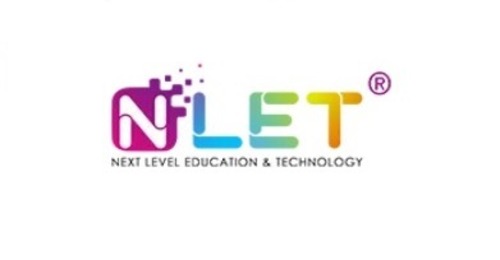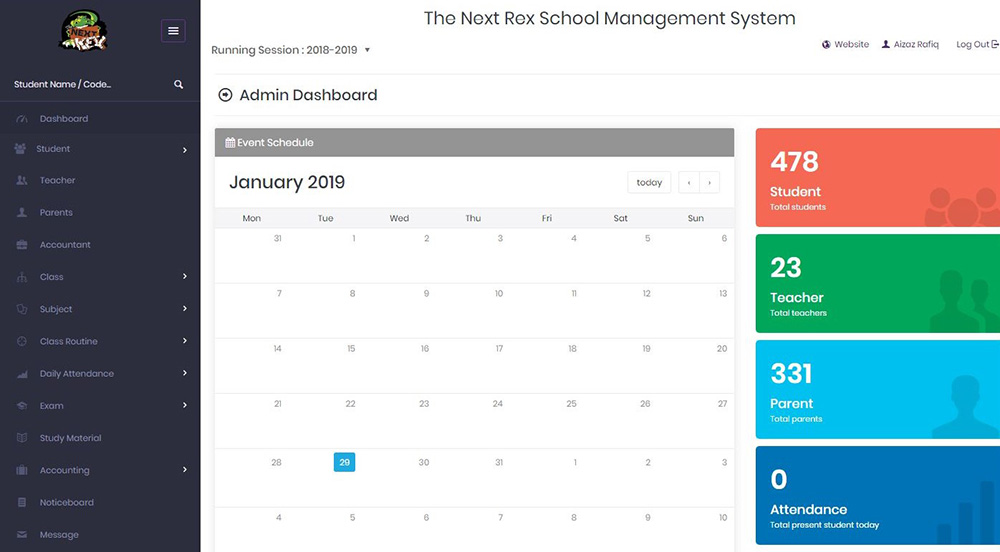How to Choose the Best School Management Software for Your Institute

Choosing the right school management software for your institute is a crucial decision that can significantly impact its efficiency and overall success. In today’s digital era, educational institutions of all sizes are turning to technological solutions to streamline their operations, manage data, and enhance the student-teacher experience. With a wide variety of school management software options available, it’s important to select the one that best fits your needs.
In this blog, we will explore the essential factors to consider when choosing school management software, helping you make an informed decision for your institution.
1. Assess Your Institute’s Specific Needs
Before diving into the sea of software options, take the time to assess your institute’s unique requirements. Every educational institution is different, and the management challenges faced by a large school with thousands of students will differ from those of a smaller institute. Make a list of the tasks you want to simplify, automate, or improve through school management software.
Some common needs might include:
- Student enrollment and registration
- Attendance tracking
- Grade management
- Parent-teacher communication
- Financial management (fees, payments, etc.)
- Timetable and scheduling
- Library management
Understanding your needs will give you a clear idea of what features to prioritize when evaluating different software options.
2. Consider Ease of Use
One of the most important aspects of any school management system is its usability. The software should be user-friendly for all stakeholders — administrators, teachers, students, and parents. A complicated or confusing interface can lead to frustration and a lack of adoption.
When reviewing a software solution, look for one that has a clean interface, easy navigation, and clear instructions. Some vendors offer trial versions or demos, which can give you a hands-on feel for how intuitive the software is. Additionally, consider the level of technical proficiency among your staff and choose a system that aligns with their comfort level.
3. Check for Essential Features
Every good school management software should have core functionalities that make running an institution easier. While specific needs may vary, here are some essential features to look for:
- Student Information System (SIS): This is the core of any school management software, helping you store and manage student records such as personal information, academic history, attendance, and performance.
- Attendance Management: Efficient tracking of student and staff attendance with options for manual or automated inputs.
- Fee Management: Automated fee collection, invoicing, and payment tracking can save a lot of administrative time.
- Timetable Scheduling: The software should allow for flexible scheduling and timetable management for different grades, subjects, and teachers.
- Communication Tools: Look for software that enables seamless communication between teachers, students, and parents via emails, SMS, or a dedicated app.
- Exam and Grade Management: Efficient management of exam schedules, grading systems, and report card generation is a must.
- Security Features: Data privacy and security are essential, so ensure the software adheres to high standards of cybersecurity.
The best school management software should offer a balance of these features, with the flexibility to meet the specific requirements of your institution.
4. Cloud vs. On-Premise: Make an Informed Choice
Another major decision you need to make is whether to go for cloud-based or on-premise software. Both options have their advantages and disadvantages:
- Cloud-based solutions are hosted online, allowing users to access the system from anywhere with an internet connection. These solutions generally have lower upfront costs since you don’t need to invest in infrastructure, and updates and maintenance are handled by the vendor. However, ongoing subscription fees can add up over time.
- On-premise solutions require you to install and manage the software on your own servers. While this option can give you more control over your data and infrastructure, it typically comes with higher upfront costs and the need for in-house IT support to manage updates and maintenance.
Your choice should depend on your institute’s budget, technical expertise, and security requirements.
5. Evaluate the Cost
Budget is always a factor when it comes to making large-scale software decisions. School management software can range from free or low-cost open-source solutions to premium platforms that charge per student or feature.
While it may be tempting to go for the cheapest option, remember that the long-term benefits of a robust school management system can outweigh the initial costs. Consider factors like scalability, support, and upgrades when evaluating the cost. Some systems might charge for additional features or users, so be sure to understand the full cost structure before committing.
6. Check for Integration Capabilities
It’s likely that your school already uses some digital tools or systems, such as accounting software, library systems, or learning management systems. The school management software you choose should be able to integrate seamlessly with these existing tools to avoid duplication of work and improve operational efficiency.
Make sure to inquire whether the software supports third-party integrations and if there are any restrictions or additional costs associated with it.
7. Support and Training
Good support can make or break your experience with school management software. Be sure to choose a vendor that offers comprehensive customer support, including phone, email, or live chat. Some vendors may also provide on-site training for staff to help ease the transition to the new system.
Ask about the level of support included in the package — is there 24/7 assistance, or are support services limited to certain hours? The more support options available, the easier it will be for your staff to get the help they need when encountering any issues.
8. Scalability for Future Growth
The software you choose should not only meet your current needs but also be capable of growing with your institution. Consider how your school might expand in the future in terms of student numbers, programs, or campuses, and choose a system that can scale accordingly.
Look for solutions that offer different tiers of service or the ability to add on features as your school grows. This will save you the hassle of switching systems later on.
9. Read Reviews and Ask for Recommendations
One of the best ways to gauge the effectiveness of school management software is by reading reviews from other educational institutions. Look for testimonials and case studies from schools similar to yours. You can also ask other school administrators or IT professionals in your network for their recommendations.
Additionally, many vendors offer case studies, demos, or customer success stories on their websites, which can provide valuable insights into how their software performs in real-world scenarios.
Streamline Your School’s Operations with NLET School Management Software
Choosing the right school management software doesn’t have to be overwhelming. At NLET School, we offer a robust School Management System designed to meet the unique needs of your institute. With our user-friendly platform, you can efficiently manage student data, attendance, grades, and more, all while ensuring seamless communication between parents, teachers, and students.
Experience the benefits of cutting-edge technology and take your school to the next level with NLET’s powerful School Management Software. Contact us today to learn more about how we can transform your administrative processes and enhance your school’s overall performance!
Our Blogs: How does a school management system work?




